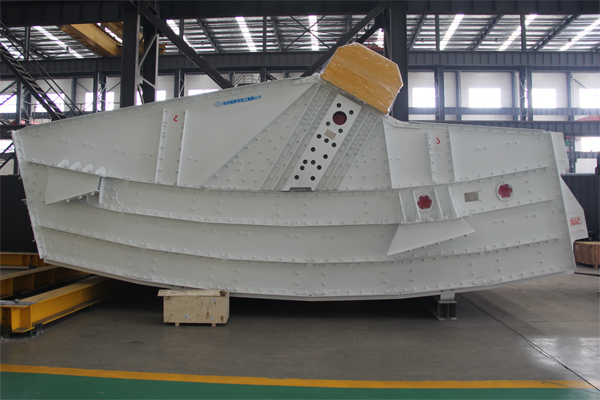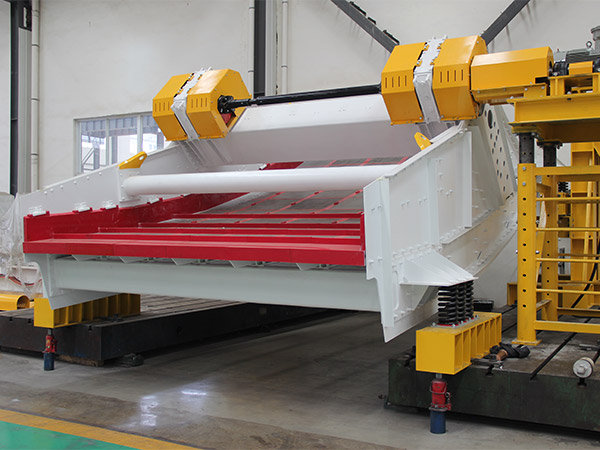What are the features of linear vibrating screen?
A linear vibrating screen is a type of vibrating screen machinery used in various industries. It operates on the principle of vibrating materials in a linear motion.
The key features and functions of a linear vibrating screen

1. Linear Motion
In a linear vibrating screen, the vibrating motion is in a straight line, typically driven by two counter-rotating eccentric shafts or unbalanced motors. This linear motion is well-suited for the screening of granular and bulk materials.
2. Screening Surface
The screening surface of a linear vibrating screen is usually a single or multiple deck arrangement made of wire mesh, perforated plates, or other suitable materials. The material to be screened is fed onto the screening surface.
3. Vibration Mechanism
The linear vibrating screen uses a vibration mechanism that generates vibration forces to move the material along the screening surface. The amplitude and frequency of the vibrations can be adjusted to control the screening process.

4. Particle Separation
As the material is fed onto the screen, the vibrating motion causes it to move along the screen’s surface. Particles smaller than the screen openings pass through and are considered “undersize” or “fine” material, while larger particles are retained on the screen and are considered “oversize” or “coarse” material.
5. Screening Efficiency
Linear vibrating screens are known for their high screening efficiency, as the linear motion allows for effective separation of particles based on size. They are commonly used in industries such as mining, quarrying, agriculture, and recycling to separate materials of different sizes.
6. Deck Configurations
Linear vibrating screens can have single or multiple decks stacked on top of each other, depending on the specific application and the desired level of particle separation.

7. Drive Mechanisms
Linear vibrating screens are typically driven by electric motors or other types of vibratory motors. These motors generate the required vibratory forces to move the material along the screen.
8. Adjustable Parameters
Operators can adjust various parameters of a linear vibrating screen, including vibration amplitude, frequency, and tilt angle, to optimize the screening process for different materials and separation requirements.
9. Maintenance
Maintenance of linear vibrating screens typically involves routine inspections, cleaning, and lubrication of components. Periodic checks are essential to ensure the screen operates efficiently and to address any wear or damage.
10. Applications
Linear vibrating screens are used in a wide range of industries, including mining, metallurgy, construction, food processing, pharmaceuticals, and chemical processing. They are commonly used for particle size classification, scalping, dewatering, and removing impurities from various materials.
In summary, a linear vibrating screen is a versatile and efficient machine used for the separation and classification of particles based on their size. Its linear motion, adjustable parameters, and multiple deck configurations make it suitable for a wide range of industrial applications.



